It took several appointments before we were able to meet Mr. Chu Xe Gio, a Ha Nhi person from Kin Chu Phin 2 village, Nam Pung commune. The first impression we had when we visited Mr. Gio's house was the house he was living in at the end of the village. While many houses in the village have been converted to brick houses, Mr. Gio still maintains the traditional Ha Nhi house with earthen walls more than 50 cm thick, only changing the roof to be covered with corrugated iron for durability and the inside walls of the house being plastered with cement for cleanliness.
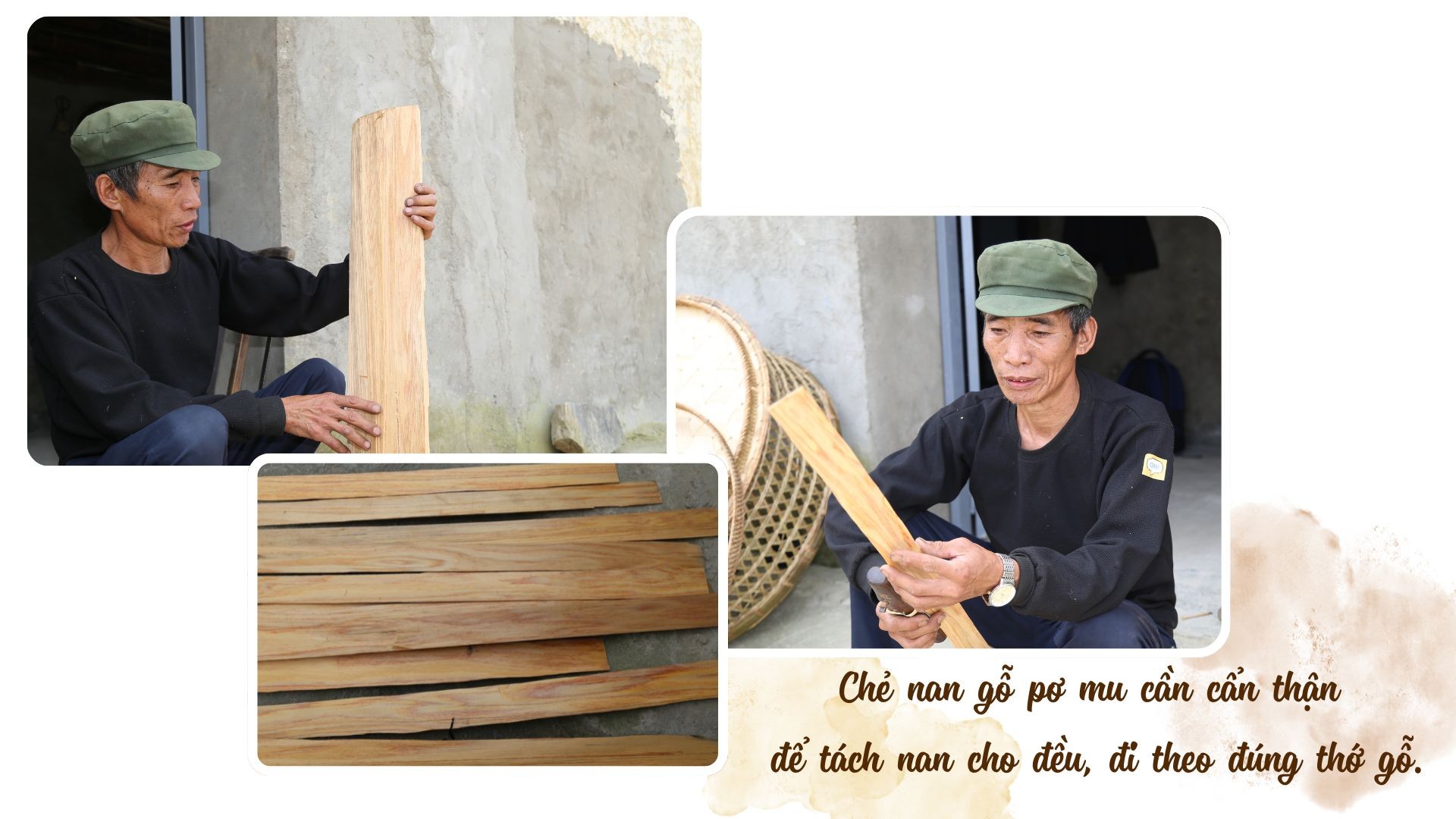
When we learned that we wanted to learn about the Ha Nhi people's tray weaving craft, Mr. Gio said that just as the square earthen house is a unique identity of the Ha Nhi people that needs to be preserved, so is the tray weaving craft. He doesn't know when the Ha Nhi people's tray weaving craft began, but since he was a child, he was familiar with the image of the traditional tray, because every day he sat down to eat with his family around a round tray, it felt so warm.
Later, when he grew up, Mr. Chu Xe Gio was taught by his father and the elders in the village who were good at weaving how to choose rattan, bamboo, and po mu wood to weave the traditional tray of the nation. “That day, I had to bring wine to Mr. Ly Seo Lo’s house to invite him to drink wine, then he taught me how to choose bamboo, rattan, good wood and how to weave “ba go ho ga gia” (rice tray) quickly and beautifully. Now he has passed away” - Mr. Gio recalled.
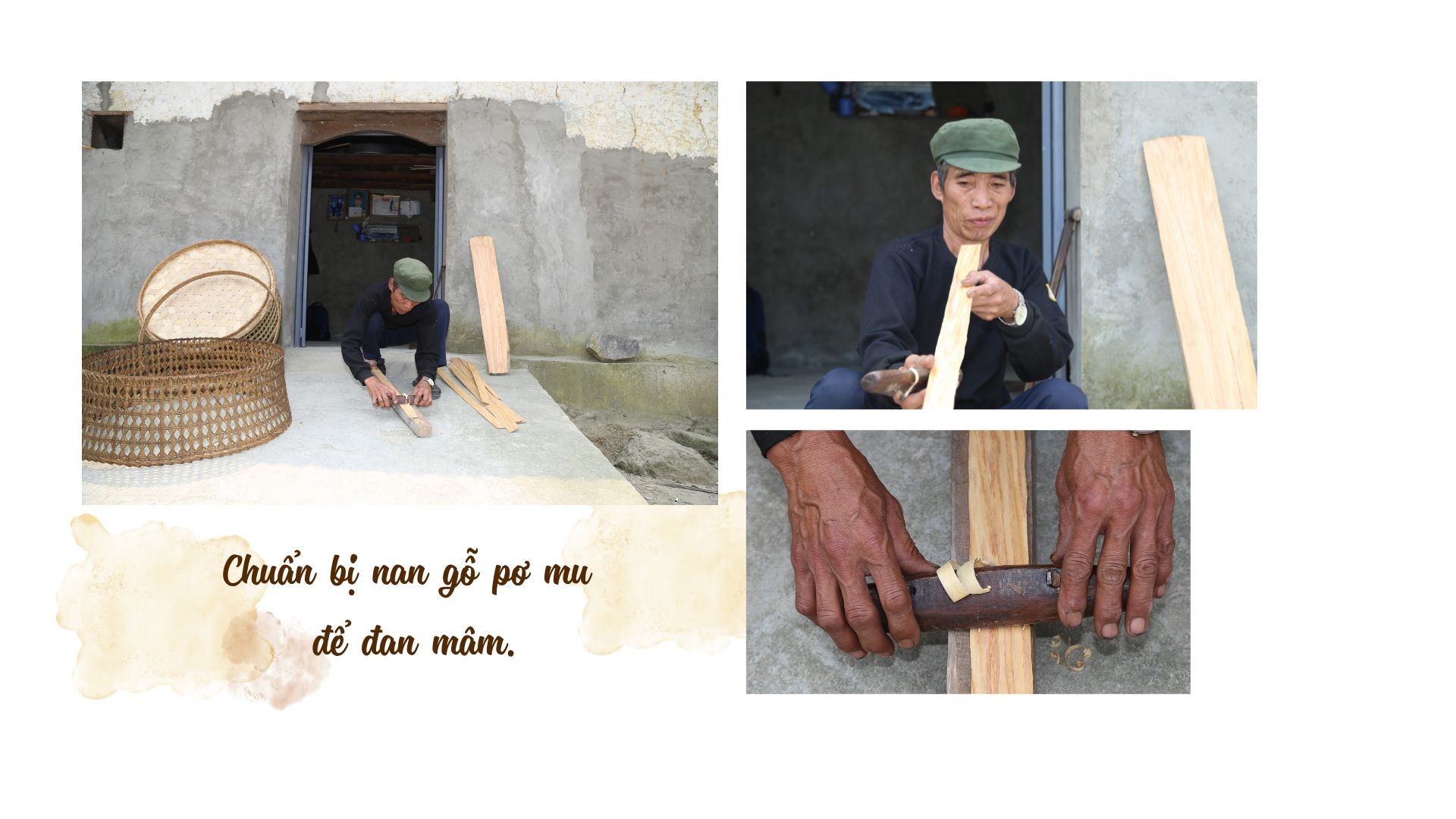
Showing us the newly woven tray, Mr. Gio said that to make such a tray, many types of materials are needed to make each part of the tray. The body of the tray is woven from bamboo strips, with 2-year-old bamboo trees, so that the strips are flexible and durable over time. The rim of the tray is woven from rattan and is woven together in many layers like a rope, creating a special style that is only found in traditional trays of the Ha Nhi people.
Weaving the rim of the tray is the most elaborate step because each rattan string must be whittled to a very long and smooth finish so that when woven together, the rim of the tray will be strong and durable. To pull the rattan strings through each narrow gap, you need to apply a little black pork fat to make it more smooth and shiny, then use pliers to pull out each rattan string. It takes a skilled weaver two days to weave a rim of a tray.

Mr. Chu Xe Gio shared more: Normally, the traditional trays of the Ha Nhi people in many places such as Y Ty, A Lu, Trinh Tuong communes are woven with bamboo strips, split from old bamboo and apricot trees, then hung over the stove to absorb smoke and soot to make the tray more durable and less susceptible to termites. In Nam Pung, the special thing is that since ancient times, some old people have been able to weave trays with po mu wooden strips. This is a precious wood, the wood surface has beautiful grain, the wood core has very fragrant essential oil, worms and termites dare not touch it. There are hundreds of years old po mu trees that have been broken and buried in the ground, until now the wooden skeleton is still left, no termites can penetrate. People often go looking for them to weave trays.
I carefully examined the pơ mu wooden slats, more than 1 meter long, three fingers wide, extremely thin, with dark red veins. It was truly a special type of wood. Just by getting close, I could smell the faint scent of essential oils. When I brought it close to my nose, the scent of essential oils rushed into my nasal cavity, spreading like some kind of balm. This was indeed a rare type of red pơ mu wood, rich in oil, and the core of the wood was still as fresh as ever after hundreds of years. I did not understand how the old Ha Nhi farmer could split such long and thin wooden slats without them being chipped or damaged.
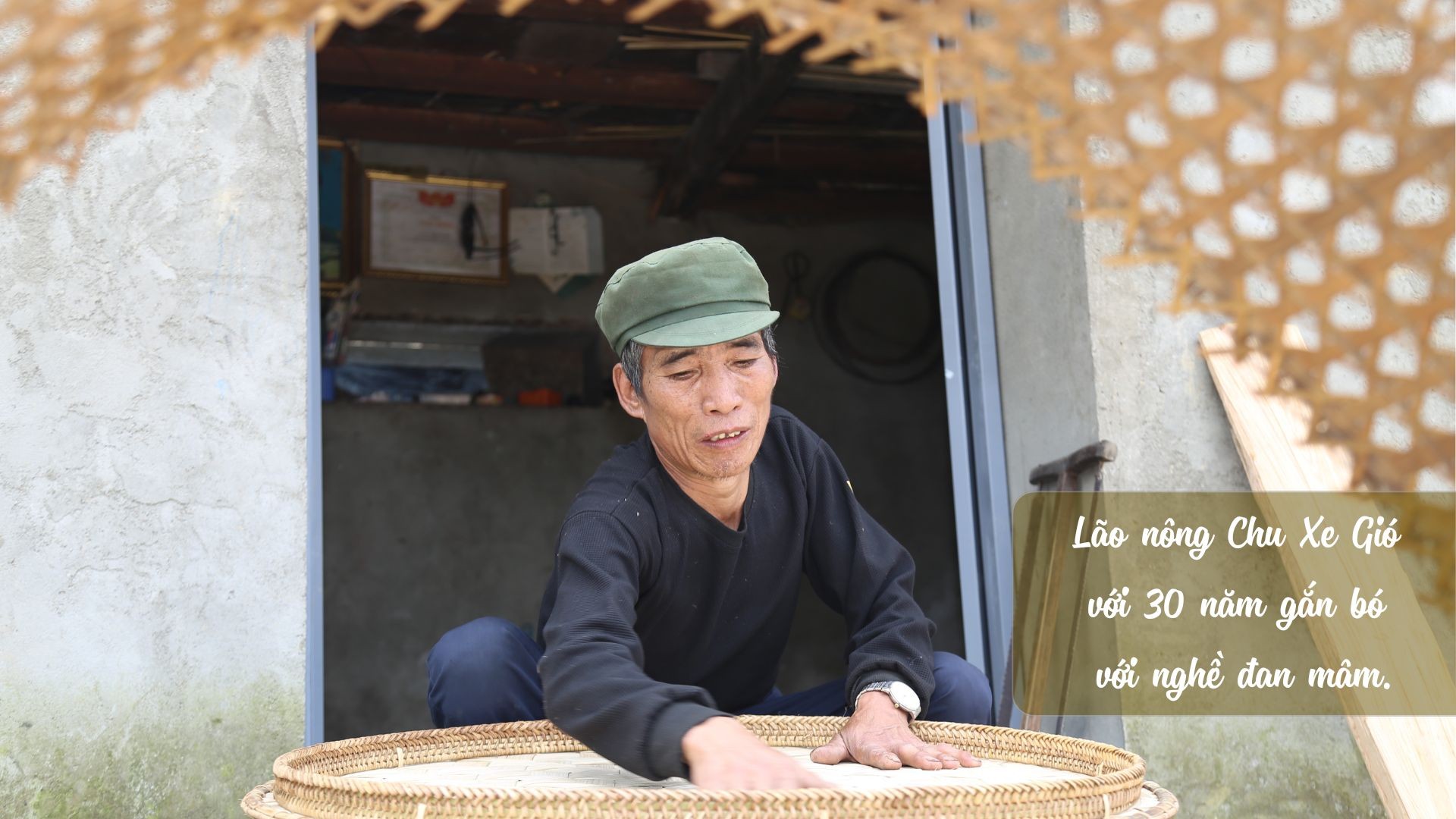
Mr. Gio used his rough hands to pick up each bamboo slat, squinted to look at it and said: Splitting bamboo slats is difficult, splitting wooden slats is many times more difficult. First, you need to choose straight wooden slats, with straight and even wood grain, without wood knots to split into small pieces, then you can split long and thin slats. When splitting the slats, you need to be careful to separate the slats evenly, following the wood grain, otherwise the slats will be stripped. Once you have the slats, you need to plan and use sandpaper to smooth the surface of the slats before weaving. Each tray needs up to 60 slats like that. A tray woven from po mu wood usually costs from 2.5 million VND or more, while a tray woven from bamboo or rattan costs only about 2 million VND.
I asked in Nam Pung commune, besides him, is there anyone else who knows how to weave trays from po mu wood? Mr. Gio looked out at the distant forests, his eyes filled with sadness: Now there are only 2 Ha Nhi people who know how to weave trays from rattan and bamboo, but no one else knows how to weave po mu wood. Partly because weaving with wood is more difficult, few people want to learn, partly because po mu wood is very rare now, only rough, crooked stumps remain, to find pieces of wood with straight grain to split into strips is not easy.

Despite his old age, with his passion and dedication to preserving the traditional craft, Mr. Chu Xe Gio still goes into the forest every day to find the remaining pieces of po mu wood to split into bamboo strips. Every year, Mr. Gio makes about 20 trays, including about 12 trays woven from po mu wood to sell to those who like to use traditional trays of the Ha Nhi ethnic group. After 30 years of weaving trays, what Mr. Gio always has in mind is the desire to pass on the craft to the next generation, preserving the beauty of the cultural identity of the Ha Nhi ethnic group in the land at the source of the border.
Source: https://baolaocai.vn/lao-nong-ha-nhi-30-nam-giu-nghe-dan-mam-post401410.html






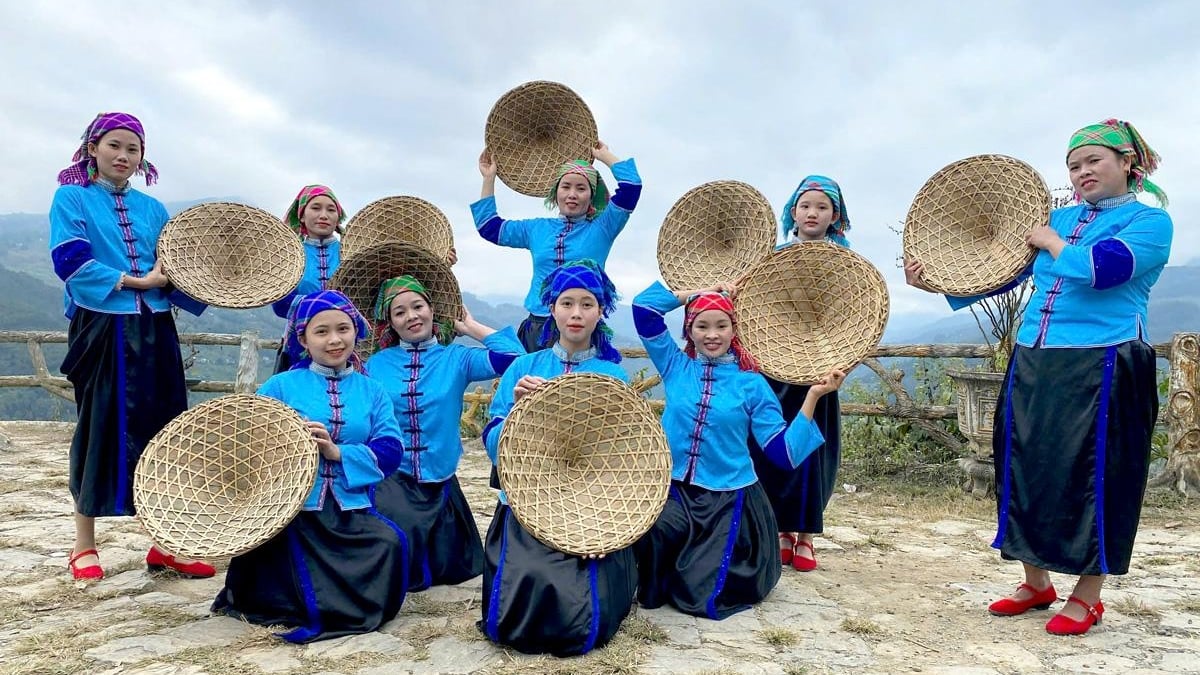















![[Photo] National Assembly Chairman attends the seminar "Building and operating an international financial center and recommendations for Vietnam"](https://vphoto.vietnam.vn/thumb/1200x675/vietnam/resource/IMAGE/2025/7/28/76393436936e457db31ec84433289f72)















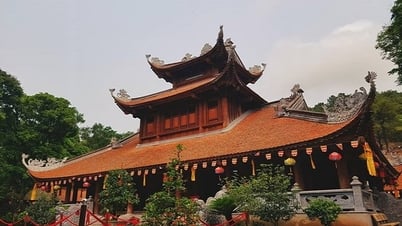









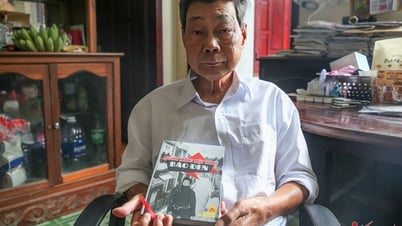


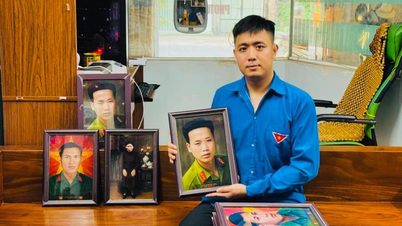


























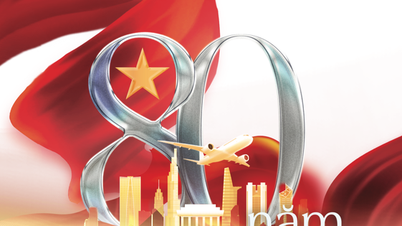
























Comment (0)